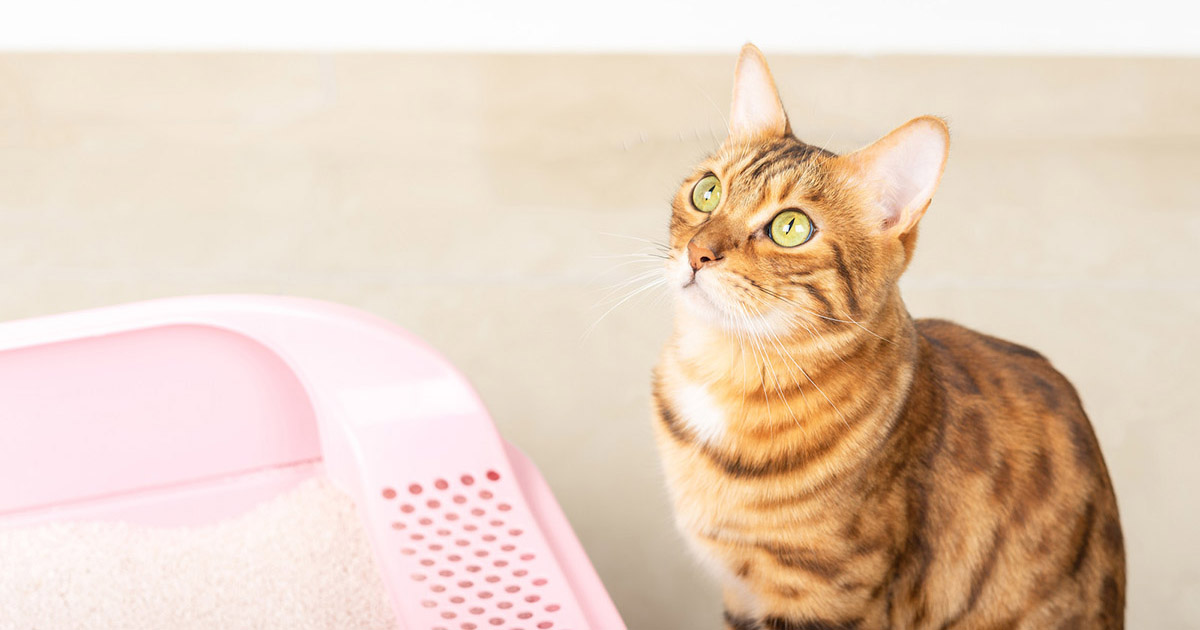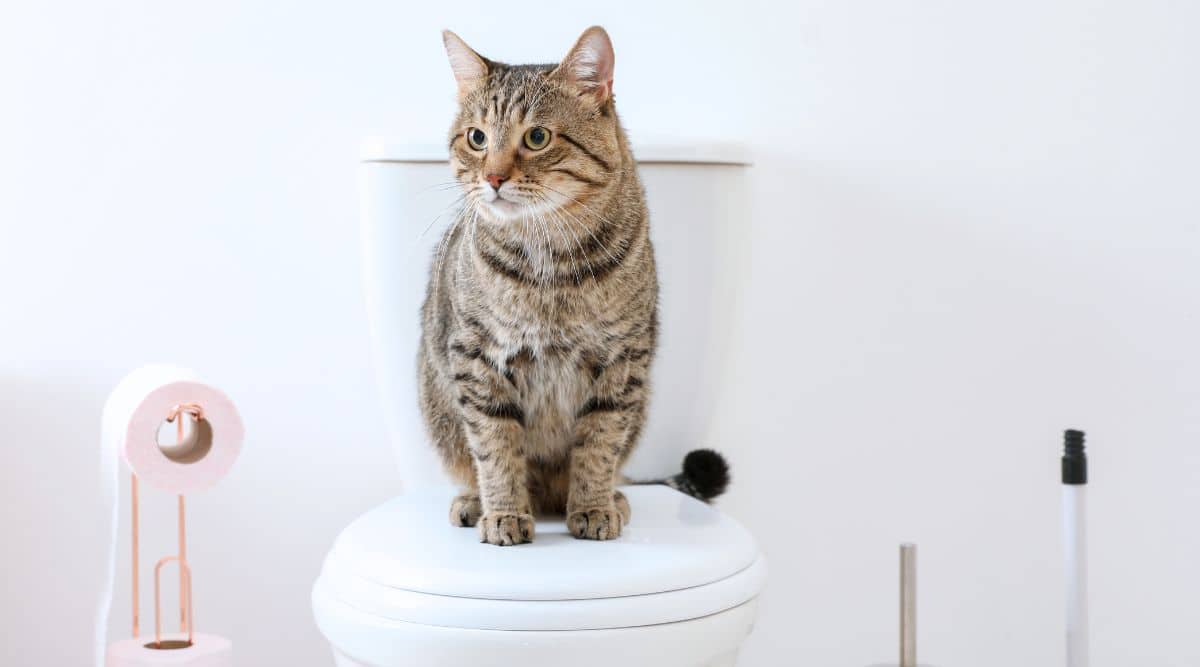Potential Risks of Flushing Cat Poop Down Your Toilet - Advice for Safer Disposal
Potential Risks of Flushing Cat Poop Down Your Toilet - Advice for Safer Disposal
Blog Article
Were you hunting for suggestions about Don’t flush cat feces down the toilet?

Introduction
As cat owners, it's necessary to be mindful of exactly how we get rid of our feline pals' waste. While it may seem practical to purge feline poop down the toilet, this technique can have damaging repercussions for both the environment and human health and wellness.
Alternatives to Flushing
Fortunately, there are much safer and much more liable ways to dispose of pet cat poop. Think about the following options:
1. Scoop and Dispose in Trash
The most usual method of dealing with pet cat poop is to scoop it into a biodegradable bag and throw it in the trash. Be sure to utilize a dedicated clutter scoop and deal with the waste promptly.
2. Usage Biodegradable Litter
Select biodegradable pet cat trash made from products such as corn or wheat. These trashes are eco-friendly and can be safely thrown away in the trash.
3. Bury in the Yard
If you have a backyard, take into consideration hiding pet cat waste in a designated location far from vegetable yards and water sources. Make sure to dig deep sufficient to prevent contamination of groundwater.
4. Install a Pet Waste Disposal System
Purchase an animal waste disposal system particularly designed for pet cat waste. These systems make use of enzymes to break down the waste, minimizing odor and environmental influence.
Health and wellness Risks
In addition to ecological issues, purging feline waste can also posture health and wellness risks to people. Cat feces might contain Toxoplasma gondii, a bloodsucker that can create toxoplasmosis-- a potentially extreme disease, specifically for pregnant ladies and people with weakened immune systems.
Ecological Impact
Flushing pet cat poop introduces dangerous pathogens and parasites into the water system, posing a significant danger to water ecosystems. These contaminants can negatively affect marine life and compromise water high quality.
Final thought
Accountable animal ownership extends beyond providing food and sanctuary-- it likewise entails correct waste administration. By avoiding purging cat poop down the commode and going with alternate disposal approaches, we can lessen our environmental footprint and protect human wellness.
Why Can’t I Flush Cat Poop?
It Spreads a Parasite
Cats are frequently infected with a parasite called toxoplasma gondii. The parasite causes an infection called toxoplasmosis. It is usually harmless to cats. The parasite only uses cat poop as a host for its eggs. Otherwise, the cat’s immune system usually keeps the infection at low enough levels to maintain its own health. But it does not stop the develop of eggs. These eggs are tiny and surprisingly tough. They may survive for a year before they begin to grow. But that’s the problem.
Our wastewater system is not designed to deal with toxoplasmosis eggs. Instead, most eggs will flush from your toilet into sewers and wastewater management plants. After the sewage is treated for many other harmful things in it, it is typically released into local rivers, lakes, or oceans. Here, the toxoplasmosis eggs can find new hosts, including starfish, crabs, otters, and many other wildlife. For many, this is a significant risk to their health. Toxoplasmosis can also end up infecting water sources that are important for agriculture, which means our deer, pigs, and sheep can get infected too.
Is There Risk to Humans?
There can be a risk to human life from flushing cat poop down the toilet. If you do so, the parasites from your cat’s poop can end up in shellfish, game animals, or livestock. If this meat is then served raw or undercooked, the people who eat it can get sick.
In fact, according to the CDC, 40 million people in the United States are infected with toxoplasma gondii. They get it from exposure to infected seafood, or from some kind of cat poop contamination, like drinking from a stream that is contaminated or touching anything that has come into contact with cat poop. That includes just cleaning a cat litter box.
Most people who get infected with these parasites will not develop any symptoms. However, for pregnant women or for those with compromised immune systems, the parasite can cause severe health problems.
How to Handle Cat Poop
The best way to handle cat poop is actually to clean the box more often. The eggs that the parasite sheds will not become active until one to five days after the cat poops. That means that if you clean daily, you’re much less likely to come into direct contact with infectious eggs.
That said, always dispose of cat poop in the garbage and not down the toilet. Wash your hands before and after you clean the litter box, and bring the bag of poop right outside to your garbage bins.
https://trenchlesssolutionsusa.com/why-cant-i-flush-cat-poop/

Do you really like more info about Don’t flush cat feces down the toilet? Try to leave a short review below. We'd be glad to find out your feelings about this blog posting. In hopes that you come back again later on. Sharing is good. Helping others is fun. Thank you for your time invested reading it.
Click Here Report this page